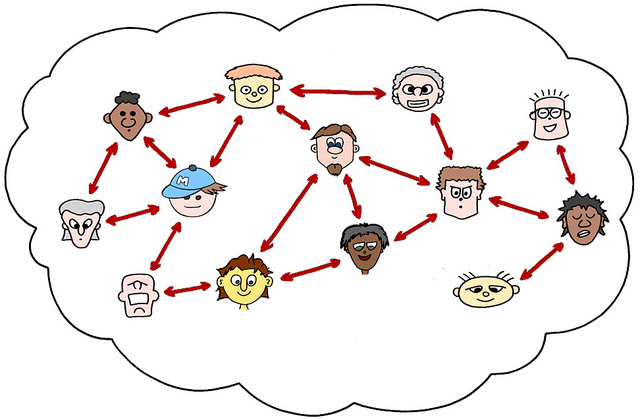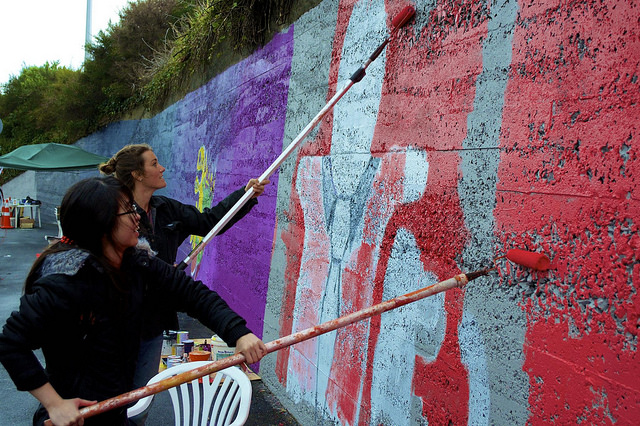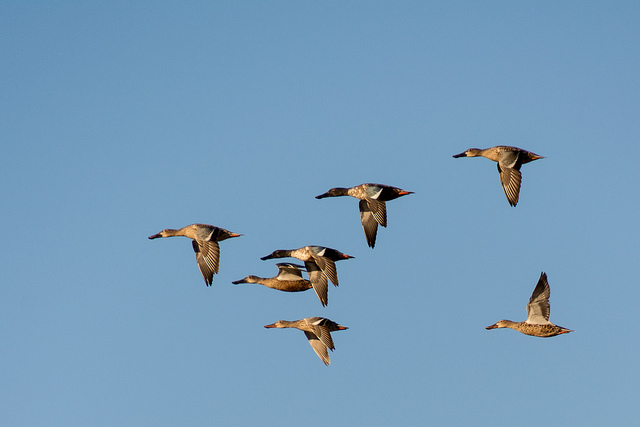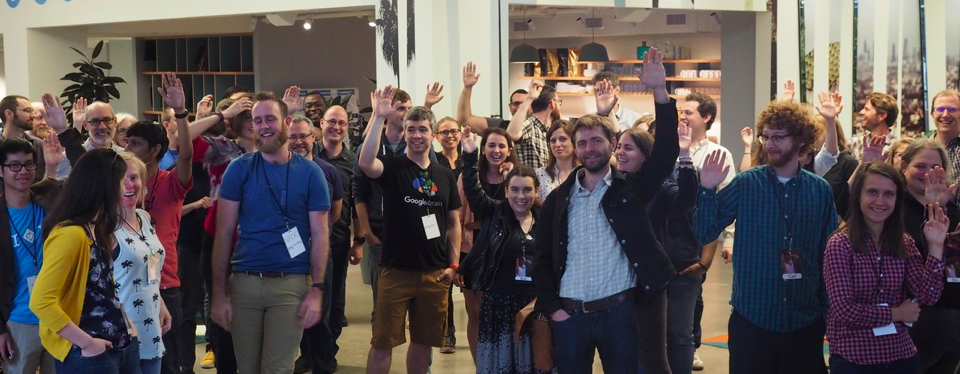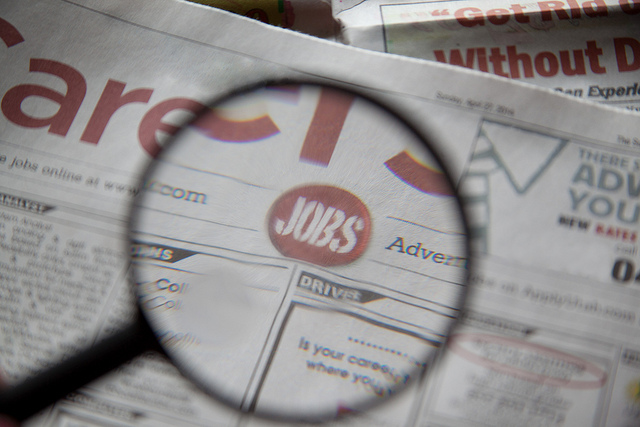We’re now mid-way through the first year of the AAAS Community Engagement Fellows Program (CEFP), funded by the Alfred P. Sloan Foundation. The first cohort of Fellows is made up of 17 scientific community managers working with a diverse range of scientific communities. As they continue to develop their community engagement skills and apply some of the ideas and strategies from their training, the Fellows will report back on the Trellis blog, sharing their challenges, discoveries, and insights. Today, Fellow Marsha Lucas describes the process of creating a new online community with Trellis.
Posted by Marsha Lucas, Publications and Communications Coordinator at the Society for Developmental Biology
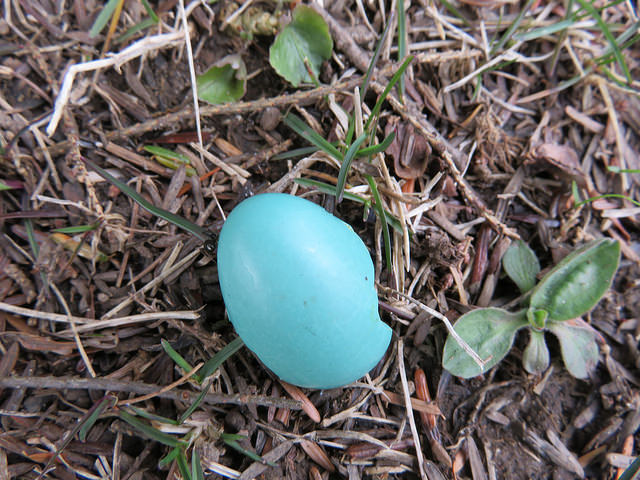
This year the Society for Developmental Biology (SDB) decided to create an online community for their Choose Development! summer research program. Choose Development! matches undergraduate students from underrepresented groups to labs of SDB members for 10 weeks of summer research. Fellows are spread out in labs across the country and only meet in person at the SDB annual meeting the following summer.
A Trellis group offered a way for fellows to connect with each other well before the SDB annual meeting. It also provided a platform to fulfill one of the program’s major goals: to provide long-term mentoring of fellows and help them navigate a path towards graduate school.
Continue reading “Choose Development! chooses Trellis: starting a new online community”
